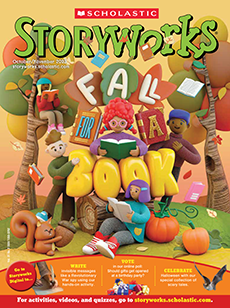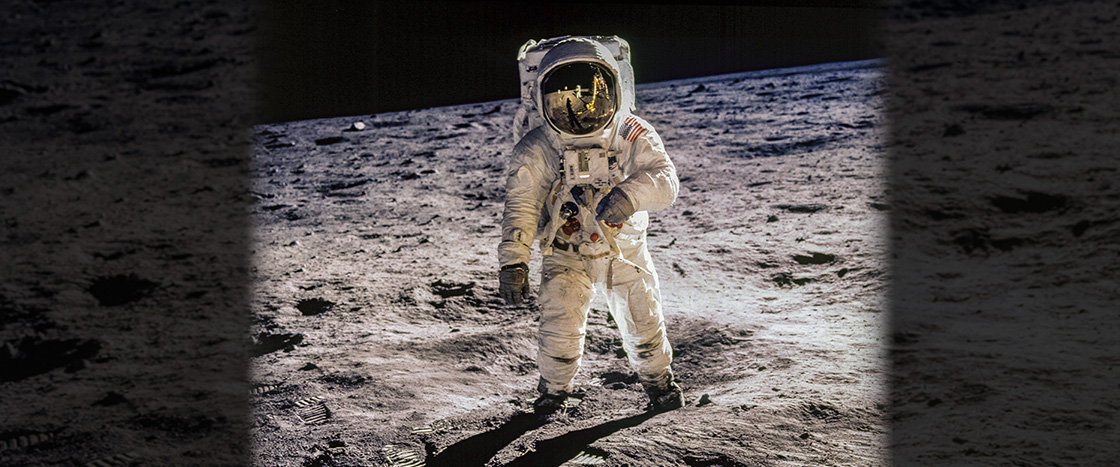Nine Summers ago, I went for a visit.
To see if the moon was green cheese.
When we arrived, people on earth asked: “Is it?”
We answered: “No cheese, no bees, no trees.”
There were rocks and hills and a remarkable view
Of the beautiful earth that you know.
It’s a nice place to visit, and I’m certain that you
Will enjoy it when you get to go.

